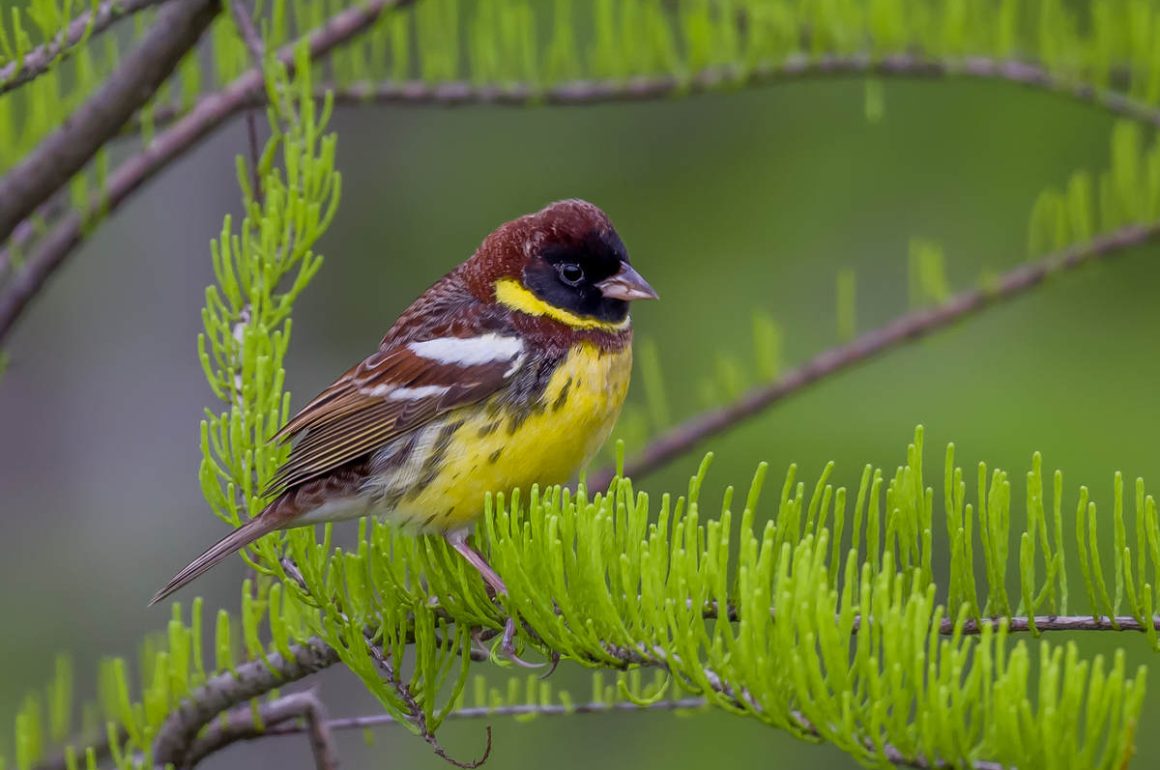
If I had to define spring from a Shanghai birder’s perspective, I would have to say that for me, it begins on the day I see my first colorful flycatcher – like this male Narcissus Flycatcher. So, for me, spring began on April 16.
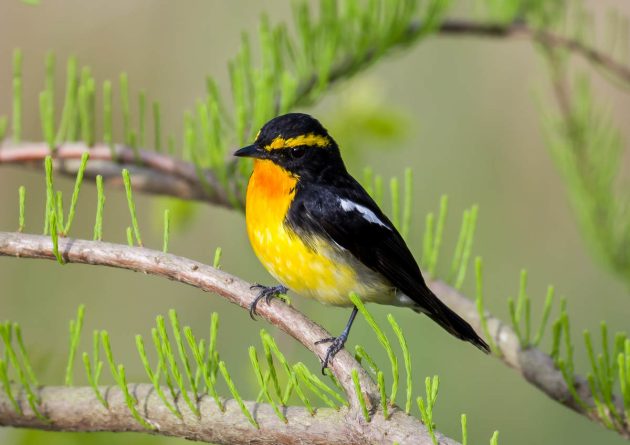
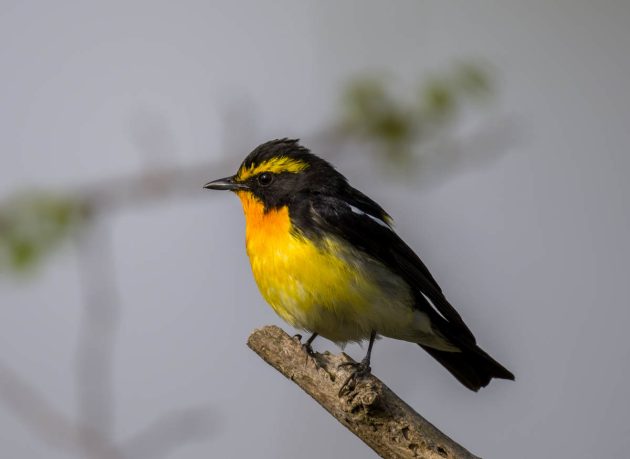
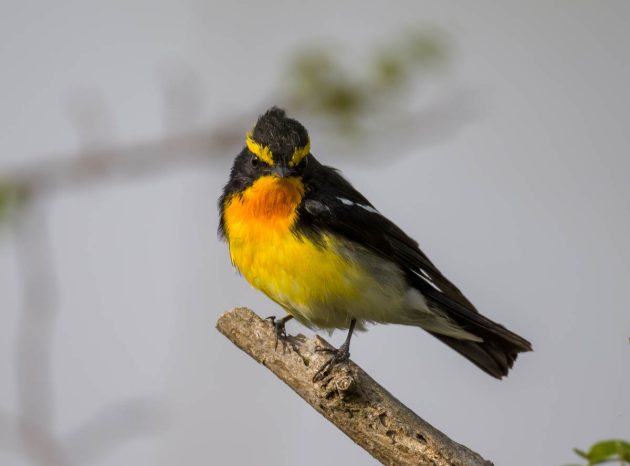
I only saw the Yellow-rumped Flycatcher two days later, so it did not quite make it into the “First colorful flycatcher of the spring” honor role.

The person who named this bird apparently cleverly chose the name Yellow-rumped Flycatcher to distinguish the bird from the Narcissus Flycatcher, which is also yellow-rumped. In Chinese, this bird is called White-browed Flycatcher, which introduces some (possibly undesirable) logic into the world of bird names.
The third in the Nanhui collection of gloriously colored flycatchers is the Blue-and-white Flycatcher.
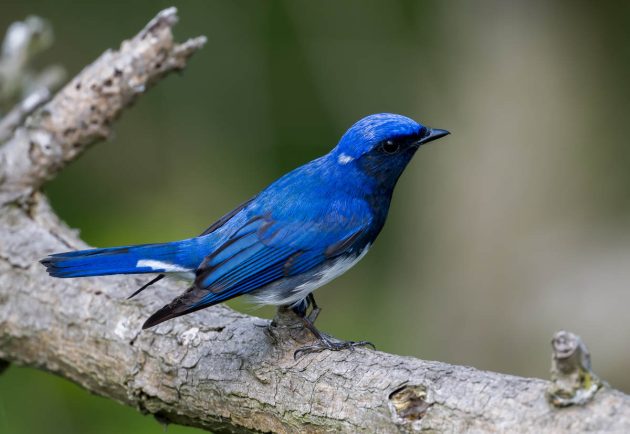
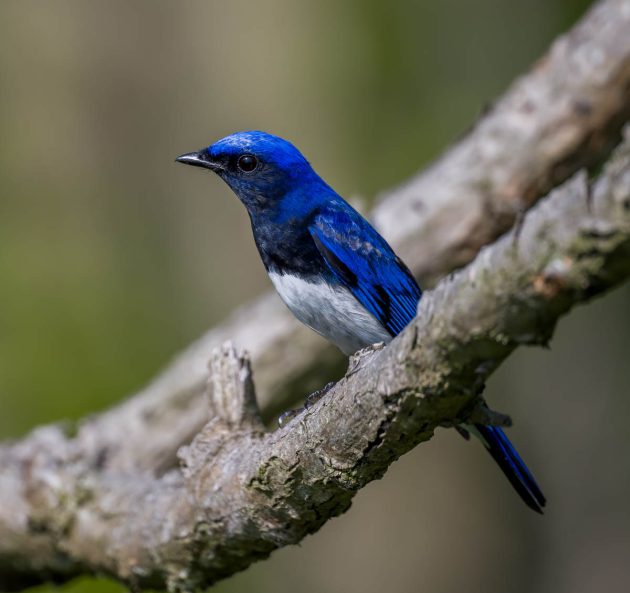
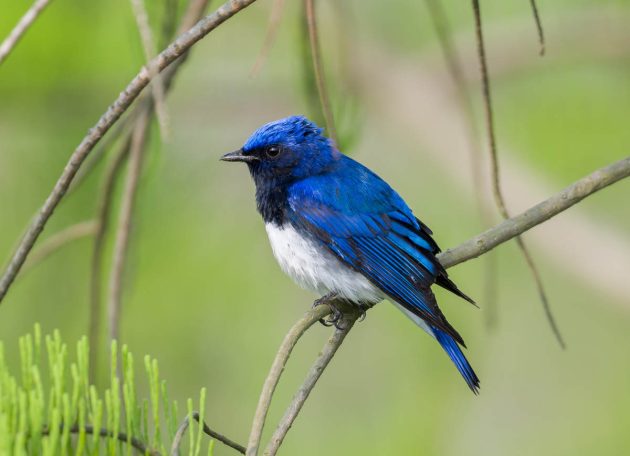
Ok, the word “glorious” does not quite apply to the female, I am afraid.
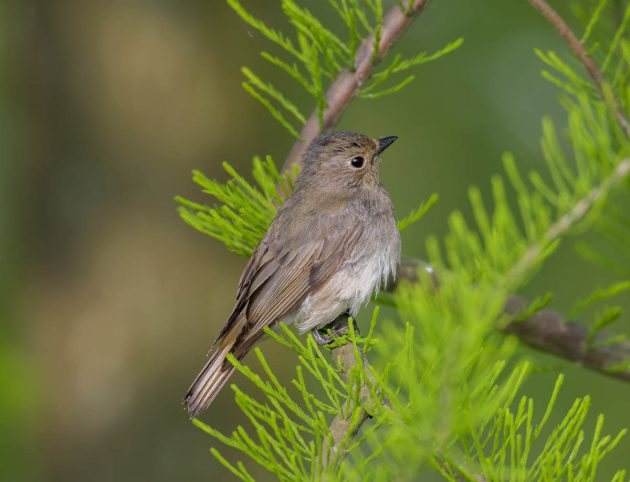
Another Nanhui trip also brought a Northern Boobook, which eBird nicely describes as a “slender brown owl with comically expressive golden eyes”.
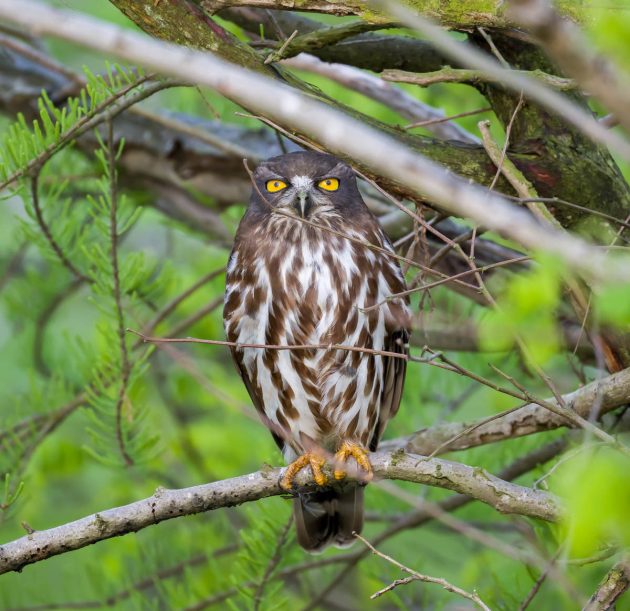
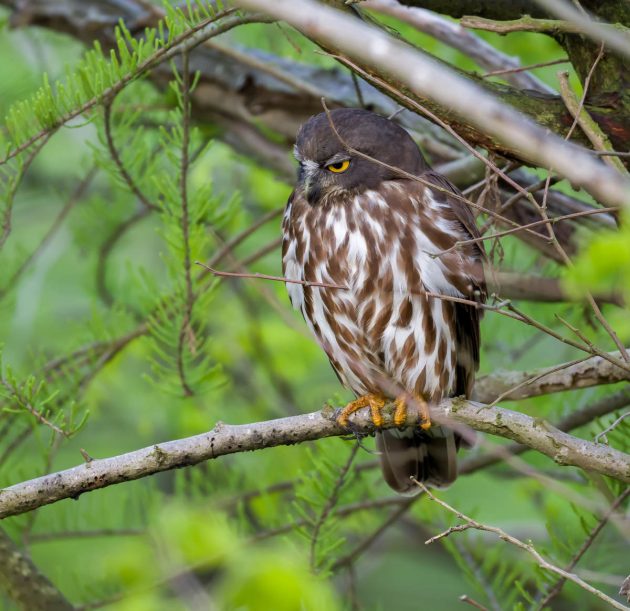
While one would think that such a fierce-looking bird mainly lives off larger prey, this is not the case. In one study cited in the HBW, 99% of prey items were insects, and the remaining 1% was almost exclusively birds.
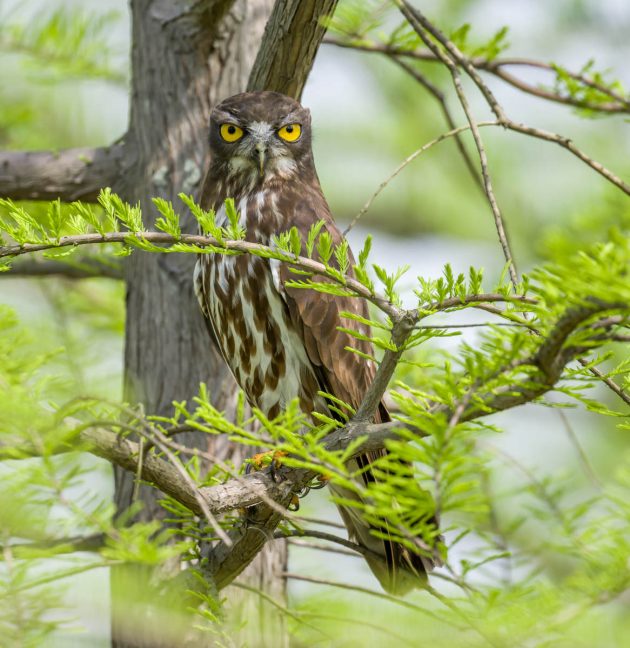
Not surprising then that a pair of Light-vented Bulbuls (photo near the end of this post), when seeing the owl at Nanhui, could not stop complaining about it. It did not seem to bother the owl much though.
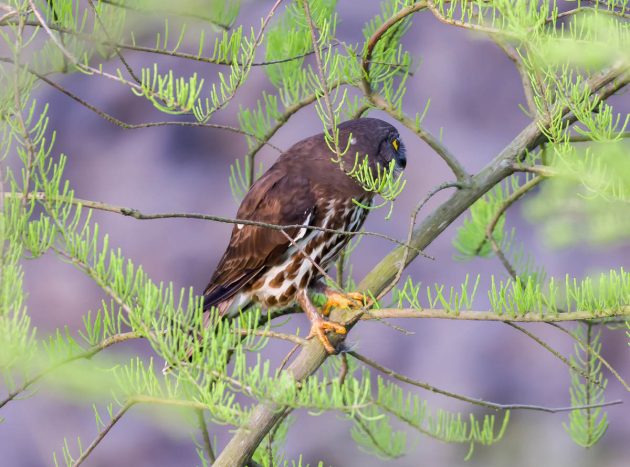
You can also see the owl not moving much in a short video. Oh, the excitement. The clacking sound in the background is not a camera but the sound of the annoyed bulbuls. Though the sound of the car is not the sound of a bulbul imitating a car but an actual car.
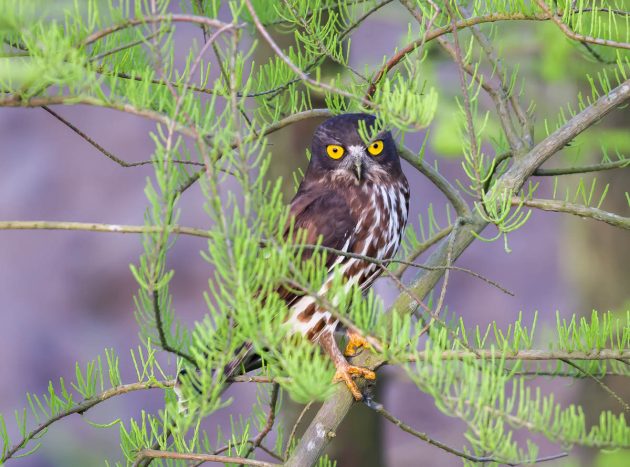
The Siberian Blue Robin is another indicator of spring for me.
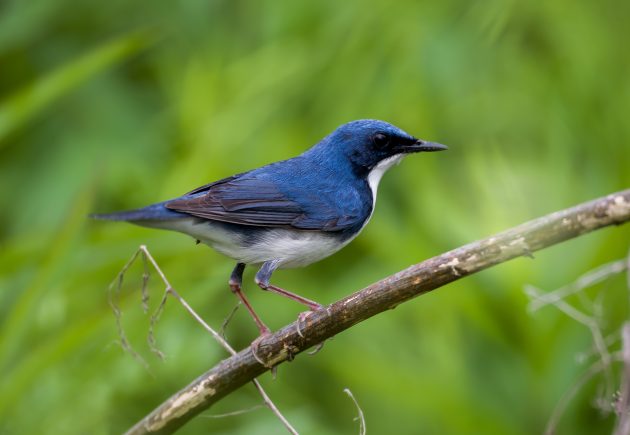
To be honest, both the robin and the flycatchers shown above remind me of the easter eggs I hunted for as a child – the same strong colors in front of a green background, same time of the year (feel free to insert your own Proust Madeleine reference here) …
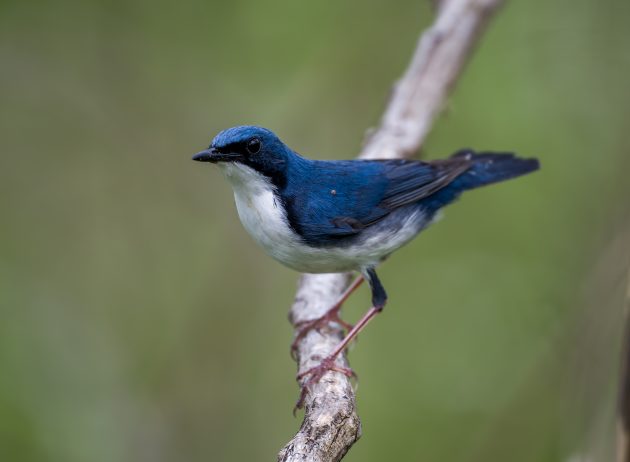
Bluethroats apparently are good at imitating other birds. In Alaska, they were found to mimic 30 different species (source). To my knowledge, no Bluethroats have participated in the Eurovision Song Contest so far though, maybe because in that contest the imitation of other people’s work needs to be obscured a bit.
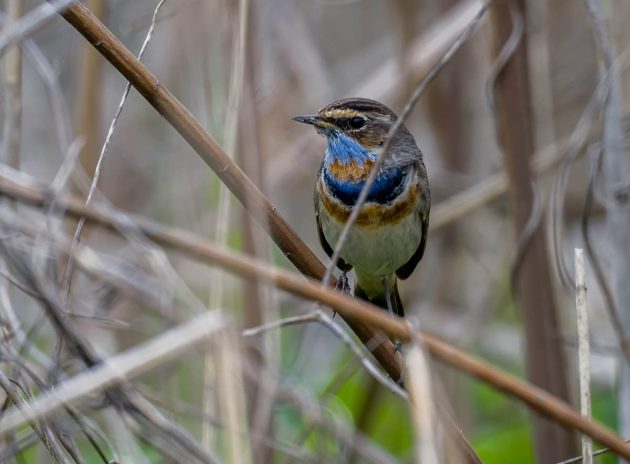
While this singing reflects their more romantic side (yes, I am anthropomorphizing now, and in a bad way, but I need to make a link to the next factoid that is different from my usual “and now for something completely different”), they can also be cold-hearted calculators of their own (or better, their genes) interests.
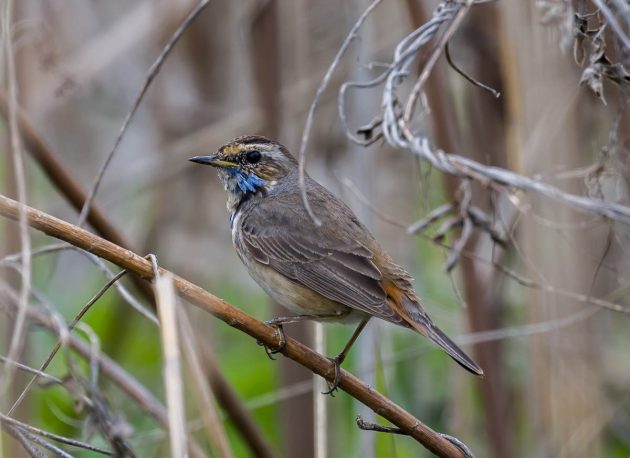
When food for feeding their chicks is short, they focus on the largest chicks – it is indeed the parents making the choice to focus on the large chicks rather than the chicks fighting among themselves, as reported in a study. The technical term here is “parental provisioning rules” – what ornithologists say when they want to describe which chicks get fed.
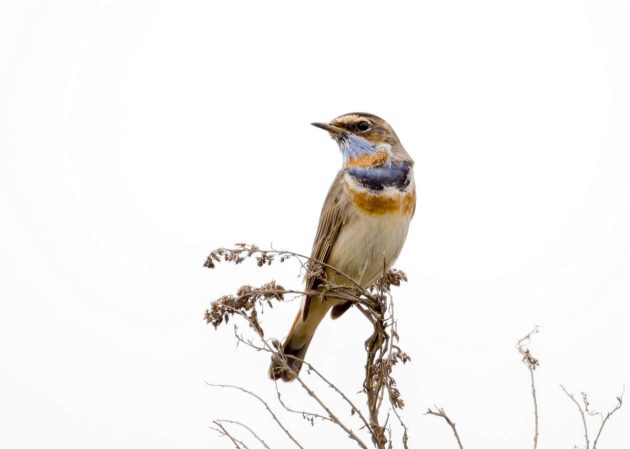
In another paper on Bluethroats with the somewhat offputting title “Ecological constraints on extra-pair paternity in the bluethroat”, the authors anthropomorphize as well – by using the term “unattractive males” to describe a subgroup of male bluethroats (a subgroup that is, as you can guess, characterized by being of a slightly less than stellar appearance) – though they only use the term in inverted commas.
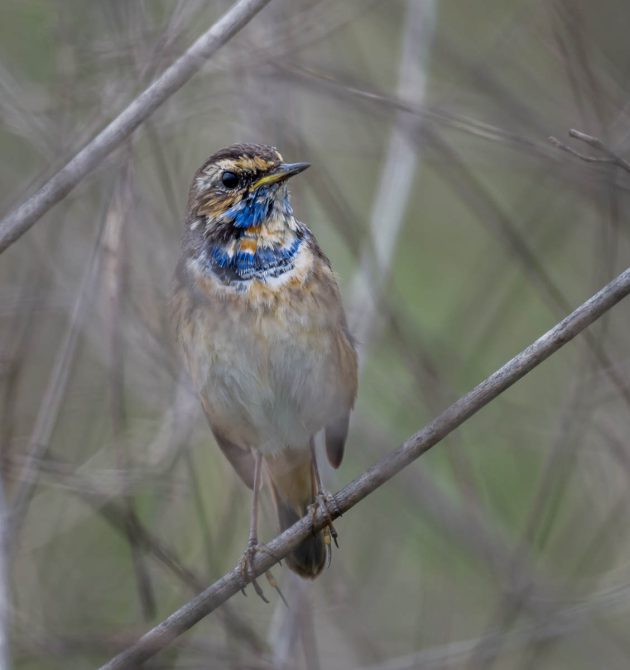
The Eurasian Hoopoe does not only look cool but also feeds on the pine processionary moth, a forest insect pest (source). Win-win, except for the moth.
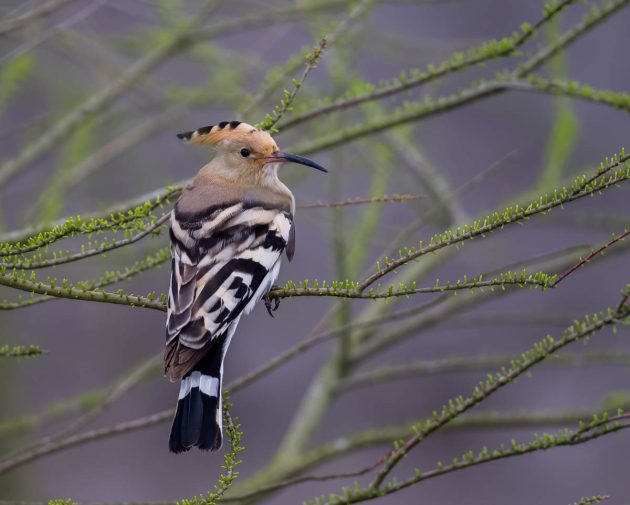
Some hoopoe individuals must like chicks a lot, even resorting to double brooding. Who are these weirdoes?
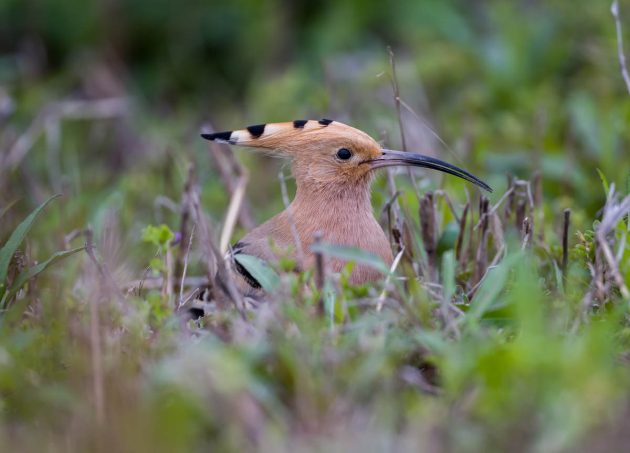
Apparently, the two main factors influencing double brooding are the individual quality of the breeder and the timing of the first clutch.
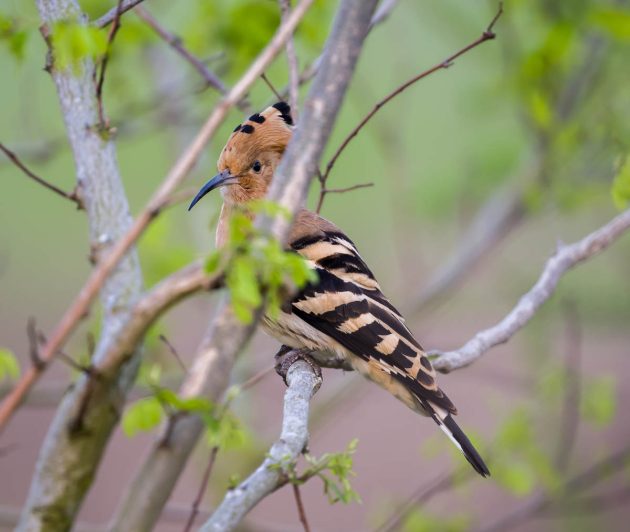
Red-flanked Bluetails make shorter stopovers during spring migration (average 1.7 days) than in autumn average 3.4 days). While the conclusion seems fairly established now, the paper still puts it in the usual wordy and careful statement: “The shorter minimum stopover duration of both species in spring may indicate a faster migration than in autumn, suggesting a time-minimizing strategy in spring to reach the breeding grounds as fast as possible.” Further down in the paper, it is also stated that “the sun may have risen this morning, which may result in the environment becoming brighter during daytime”.
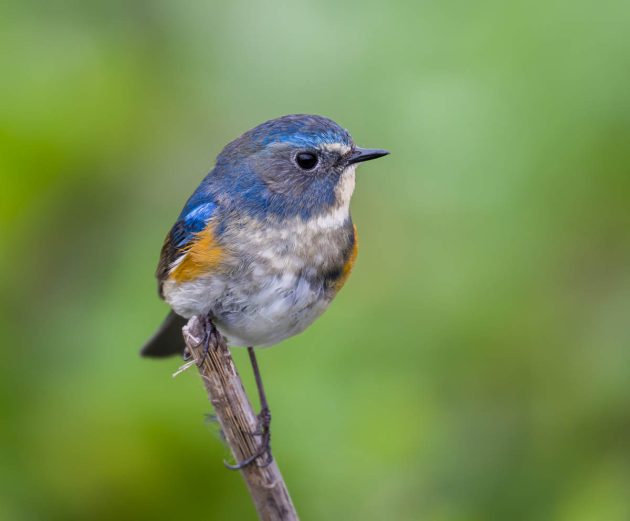
When not migrating, some Red-flanked Bluetails spend their spare time being eaten by Japanese Sparrowhawks, as described here.
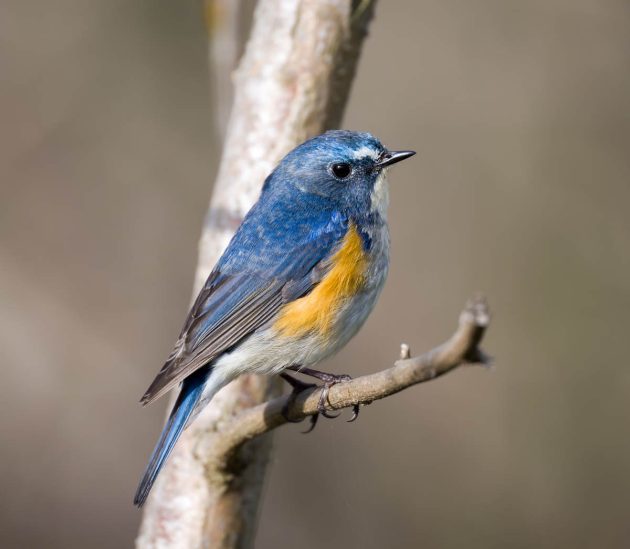
Not the worst way to die, to be eaten by such an attractive bird as a Japanese Sparrowhawk …
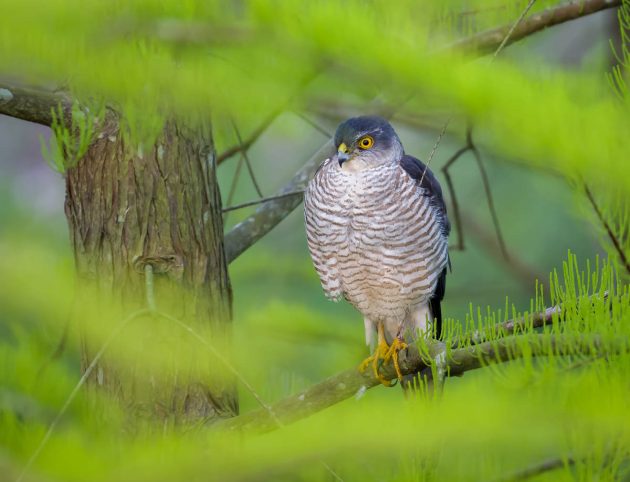
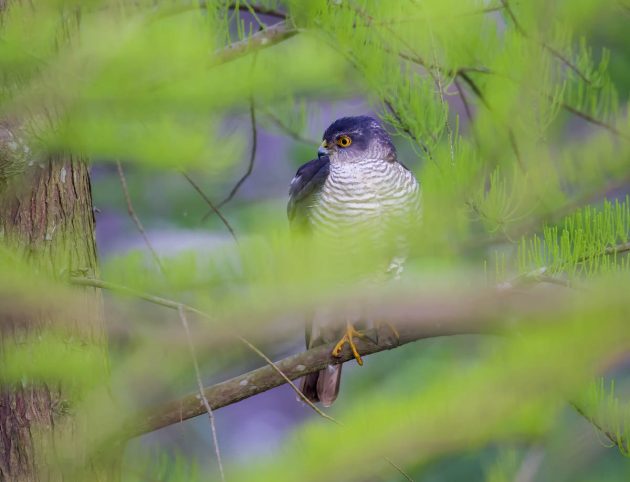
The Handbook of the Birds of the World and its online version still have not managed to prepare a species account for the Amur Stonechat – there is a separate page for the species, but all the information on there is for the Common Stonechat. Maybe they have decided to boycott species with Russian-sounding names as a way to protest against Putin’s policies.
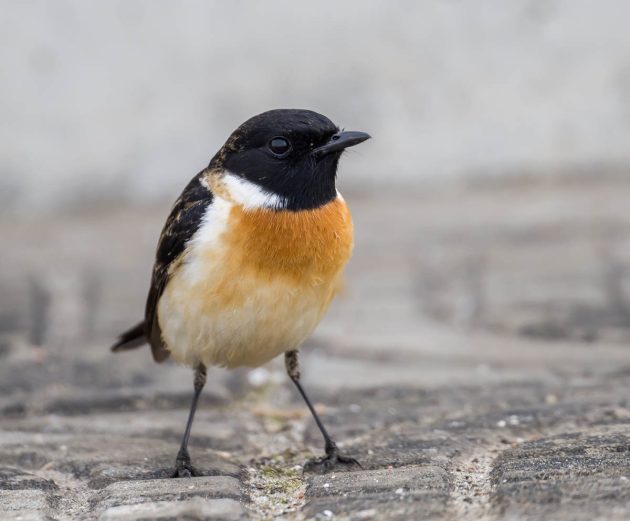
Anyway, the male is quite stunning with its black head, while it is often said of the female that it has a beautiful soul.
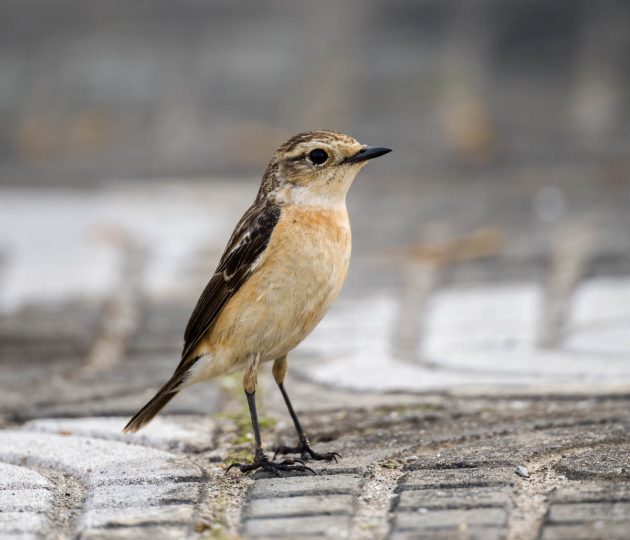
Male Bramblings also look very attractive at this time of the year. Their souls are less attractive, though – according to a paper, in wintering bramblings, when males and females forage together, males tend to forage in the center of the roost and dominate females in their access to food.
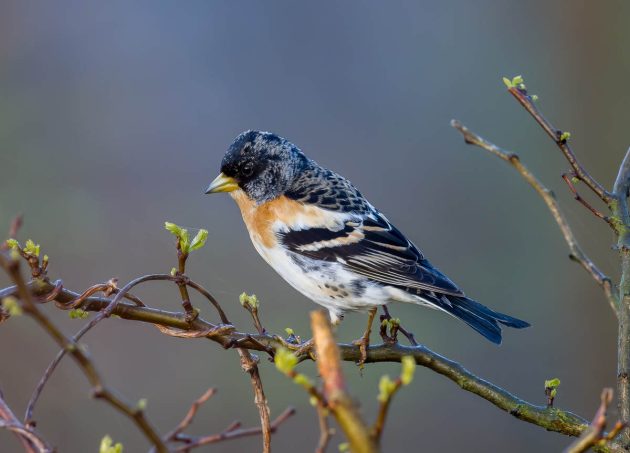
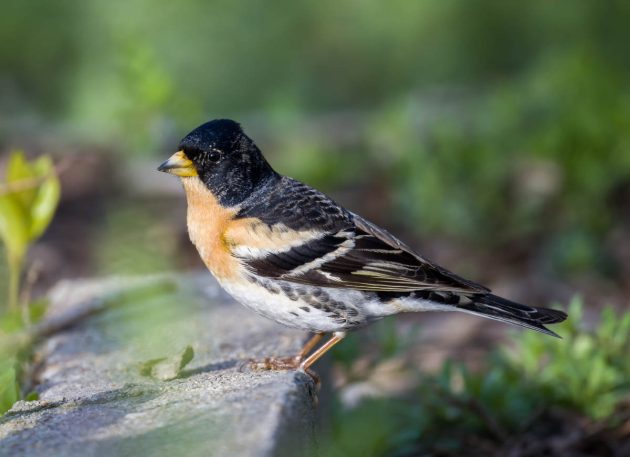
Conveniently, the authors of that paper captured the bramblings they measured at their university campus – a good way to reduce travel expenses (hashtag #frugalornithologicalresearch), but also a warning to bramblings everywhere to better avoid such places.
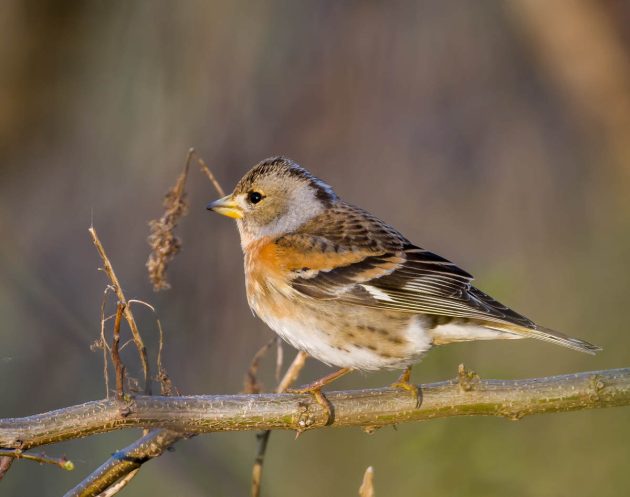
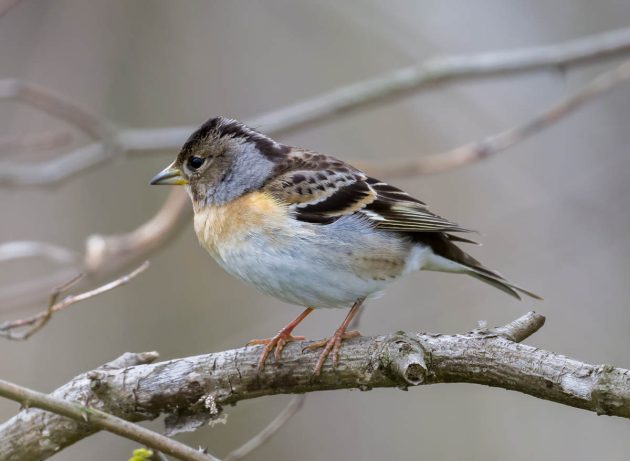
I usually do not write about nationalists, mammals, Donald Trump, and leaf warblers (well, I guess I sometimes do) – but I will make an exception for the Yellow-Browed Warbler …
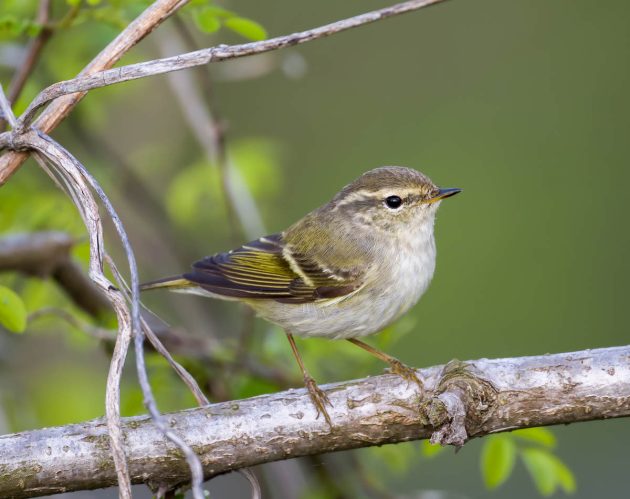
… and the Dusky Warbler.
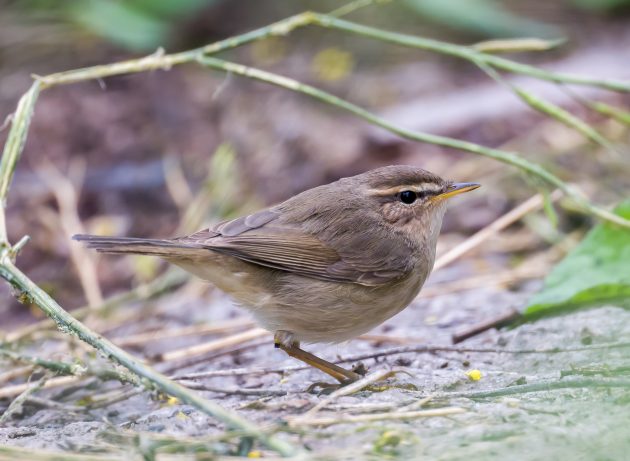
It seems to me that the Red-billed Starling is getting more and more common in Shanghai (and apparently also in South Korea, see here) – not bad given that it is quite an attractive bird. Though many photos – such as this one available commercially for only USD 25 for personal use – do not show how attractive this bird really is. Better look at the one in my post – it is better, and it is free …
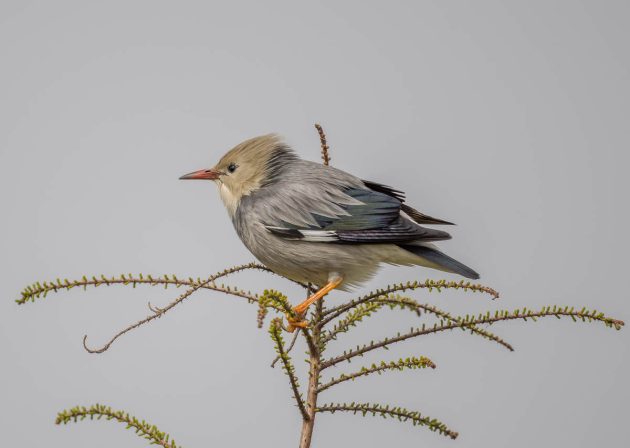
The HBW and eBird seem to disagree on the size of the Red-billed Starling: while eBird describes it as a “medium-sized starling”, the HBW talks of a “large and social starling”. Maybe the HBW researchers are smaller than the eBird ones and thus perceive the size of the bird differently.
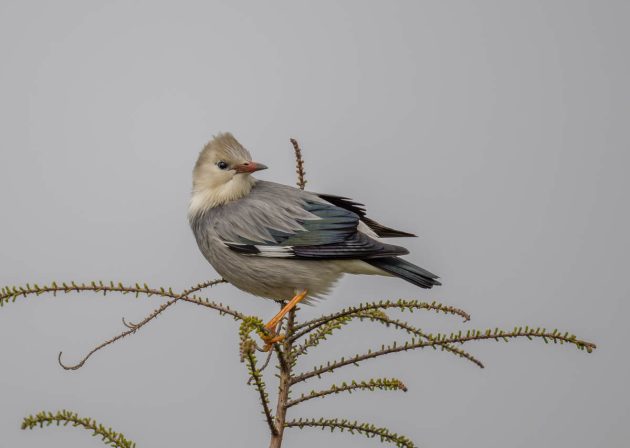
Both eBird and the HBW agree that the Black-collared Starling is a large starling though.
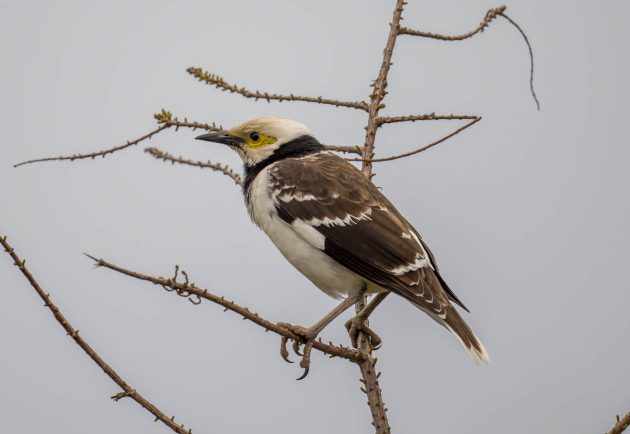
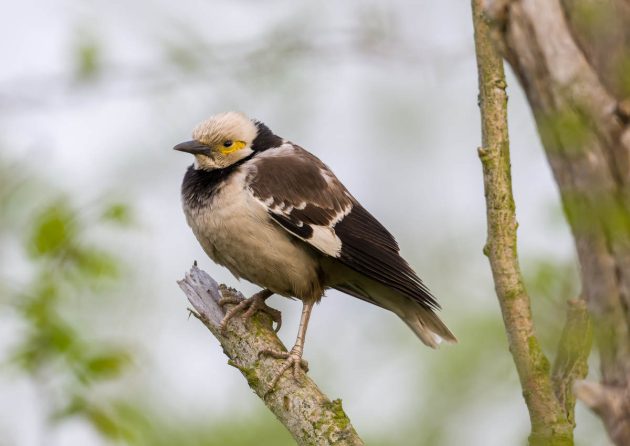
It is not that difficult to see the critically endangered Yellow-breasted Bunting in Shanghai in autumn. However, it does not look nearly as attractive then as it does in spring – when I saw it for the first time this April.
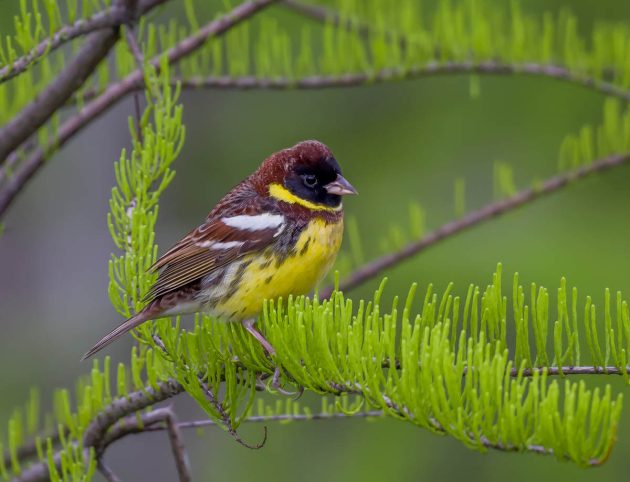
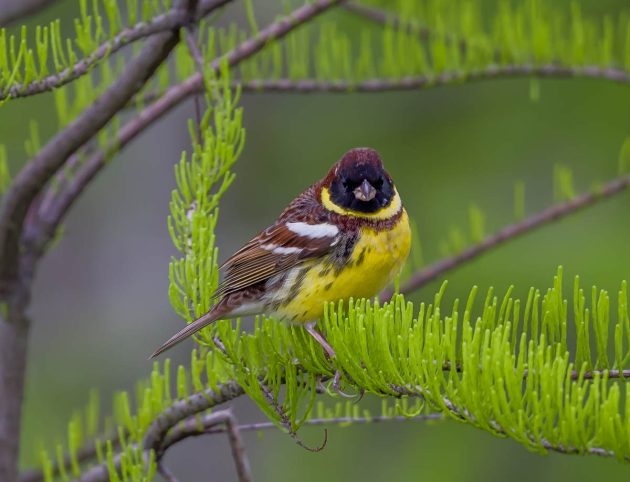
Evil people in Southern China catch the bird and eat it.
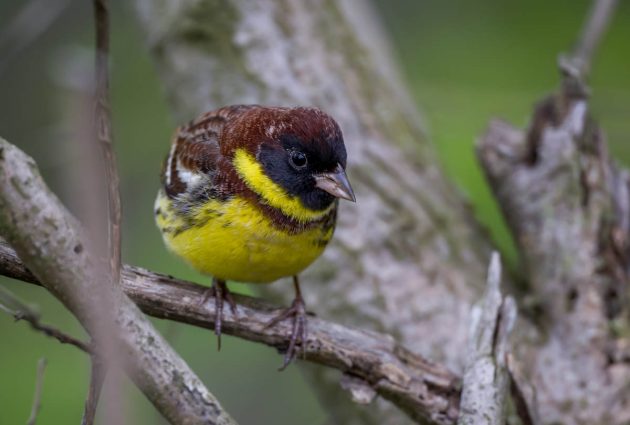
The photo of a relative of the Grey-capped Greenfinch is featured in an article on how being around birds is linked to lasting mental health benefits. If you are suffering from depression, you just have found another reason to go birding.
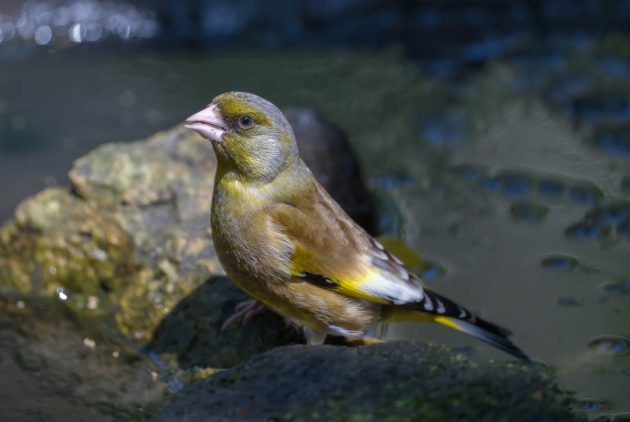
For the Manchurian Bush Warbler, eBird shows excellent taste by selecting one of my photos as the main illustration.
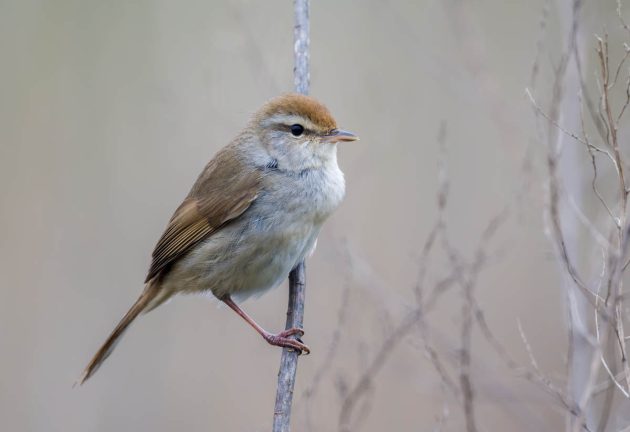
Also as video …
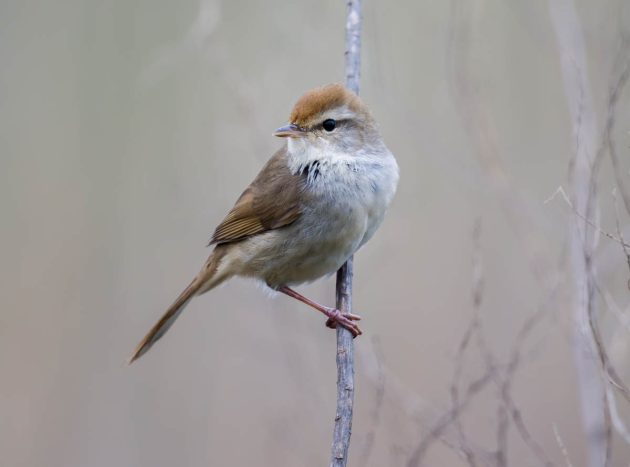
eBird does not seem to be very excited about the Buff-bellied Pipit, calling it a “drab songbird of open country”. I heard that the pipit tried to get a more favorable review from eBird by inviting them to an all-expenses-paid luxury trip to Indonesia, but eBird refused. Apparently, the standards of eBird are a bit higher than those of Clarence Thomas.
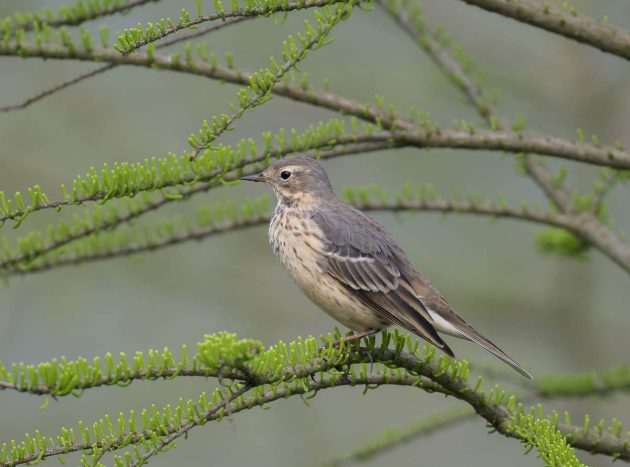
But of course, Clarence Thomas had a great excuse that would definitely have helped other rulebreakers in many court cases (and certainly would have convinced Thomas himself, had a defendant made such a claim): “I did not know the rules”.
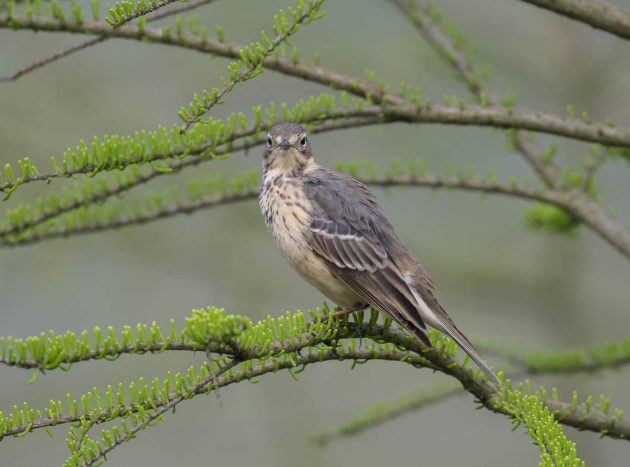
There is also a boring video of the bird here.
The Red-breasted Flycatcher shown in the photo below clearly lacks a red breast and thus also has to ultimately be categorized as boring.
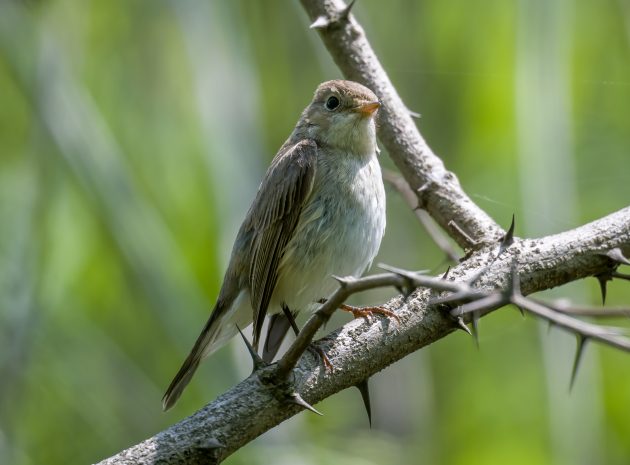
What keeps the endangered Chinese Yew awake at night? (That is the kind of phrasing you use when you have been a management consultant for too long) Well, of course, it is the dispersal efficiency of different bird species eating your fruit. Thus, the Red-billed Blue Magpie is a favorite among these small trees as it is a good seed disperser (source).
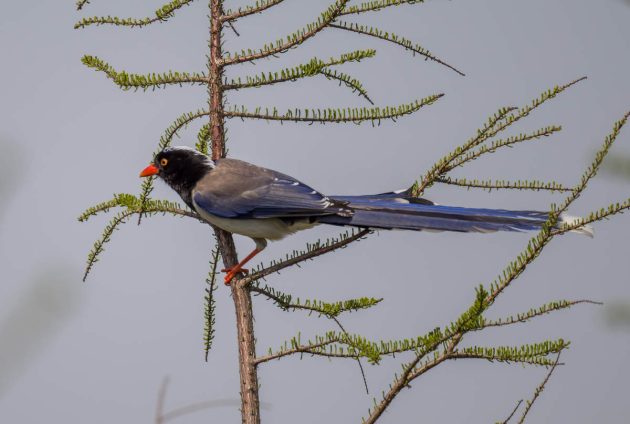
It is also a good disperser for causonis japonica, a vine plant. A paper looking at dispersal of this plant points out that seed dispersal distance increased with bird body and tail lengths – which indeed should make the magpie a favorite.
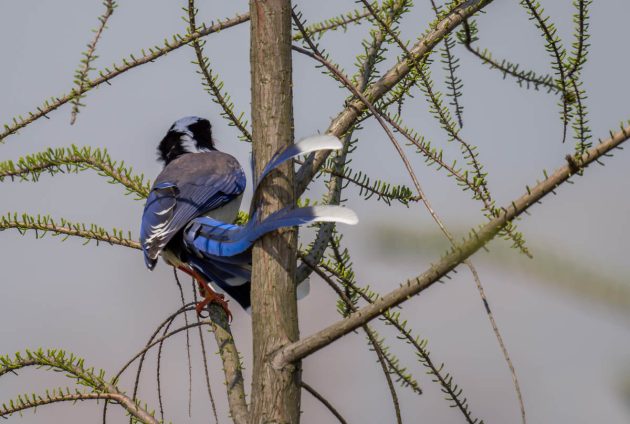
It also looks cool.
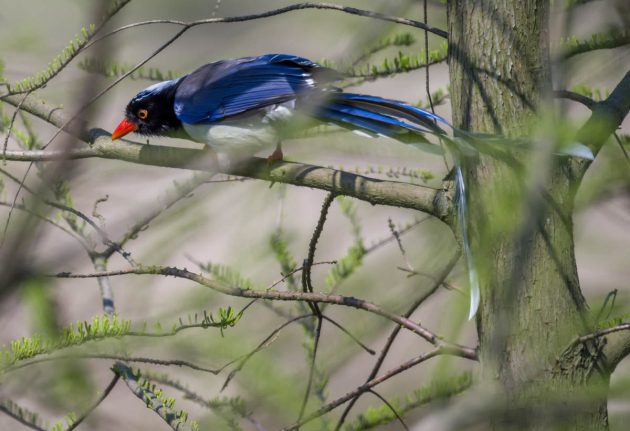
Red-billed Blue Magpies are occasionally eaten by snub-nosed monkeys. The gory details are outlined in a paper describing that the monkeys eat the head of the bird first but reject the wings. This is the kind of paper shown to naughty magpie chicks by their parents:
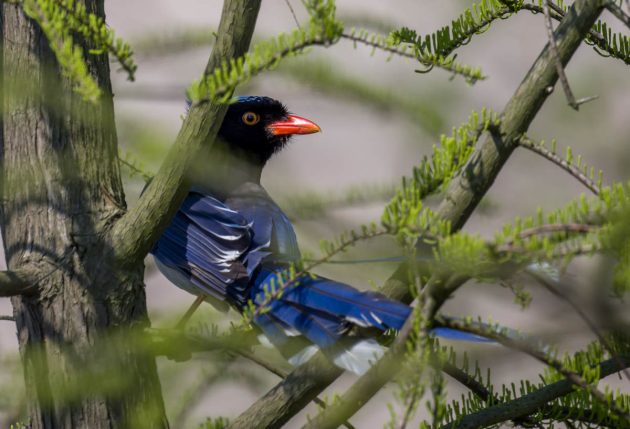
“A sub-adult male [snub-nosed monkey] suddenly drove away another bird [a Red-billed Blue Magpie ] that was near him. The bird escaped into tangled vines … and could not rise rapidly from the ground. One adult male and one sub-adult male ran over to catch this bird. The bird ran erratically among the thorns. … One sub-adult male caught the bird when it ran into him, and at this time, the other hunting males stopped their chase. The captor monkey killed the bird … by biting off its head”.
Eurasian Woodcocks are much more likely to be killed by humans than by snub-nosed monkeys. In fact, websites such as this one seem to offer package tours just to kill woodcocks. Sometimes what should be restricted to the dark web is very much out in the open.
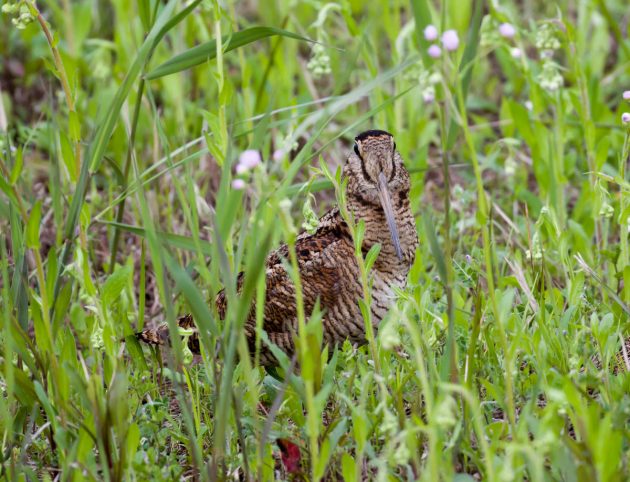
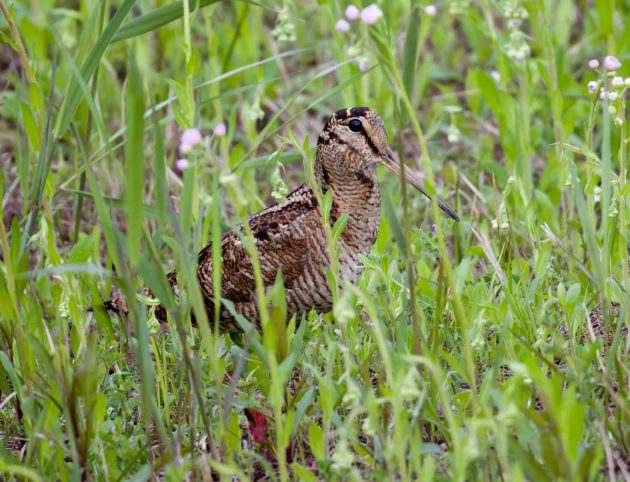
According to one source, one dog used for hunting woodcocks is even named after the species – the (otherwise rather cute) cocker spaniel (with the “cocker” coming from the woodcock).
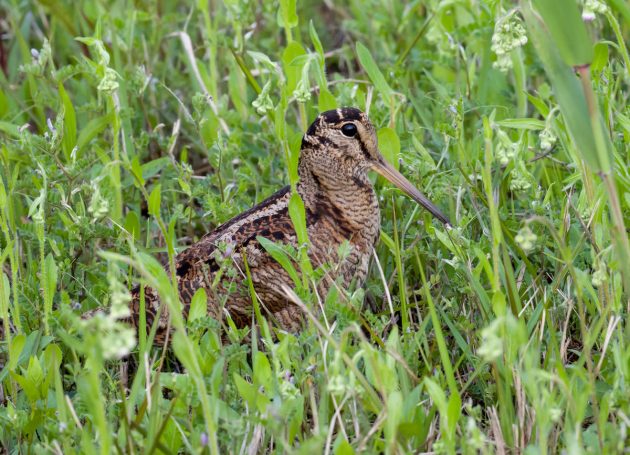
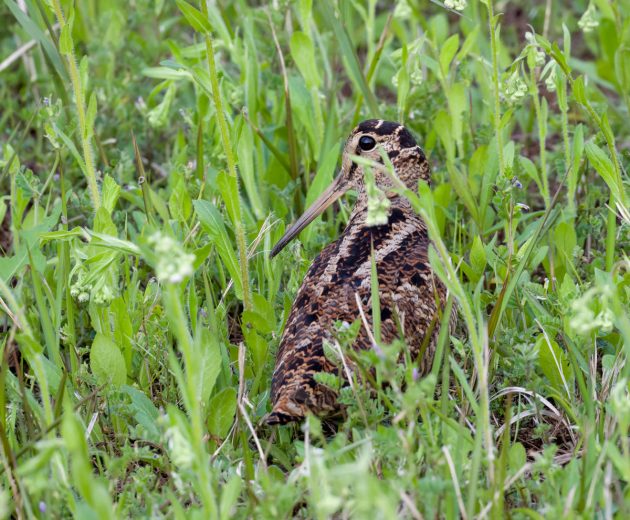
On the positive side, two friends of mine independently commented on the video of a woodcock (taken at Nanhui) “A dancing bird!” and “Really like its rhythmic dance”.
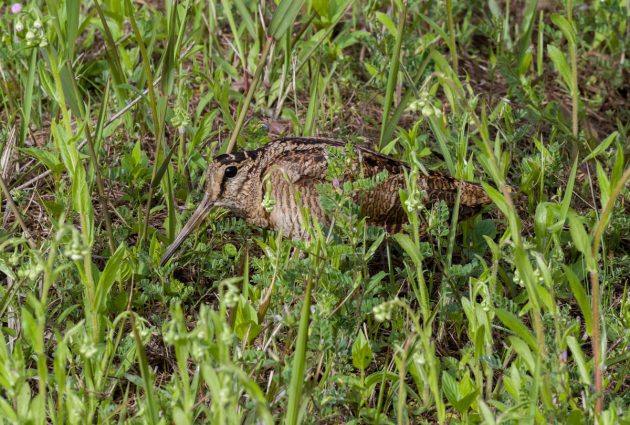
Apparently, Eurasian Woodcocks have evolved their bright white feather patches (which as common for this blog post are not actually shown) for visual communication in situations with low light – in fact, a study found that woodcocks have the brightest white feathers ever measured.
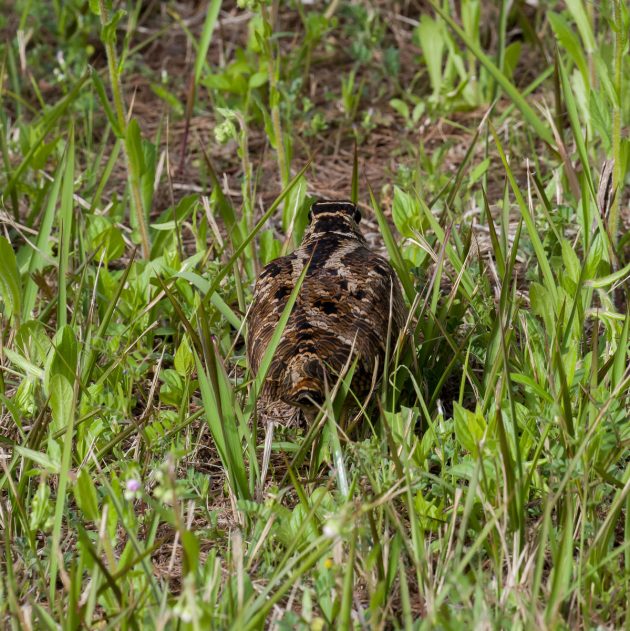
A few more birds without factoids, just because I like the photos: A Light-vented Bulbul …
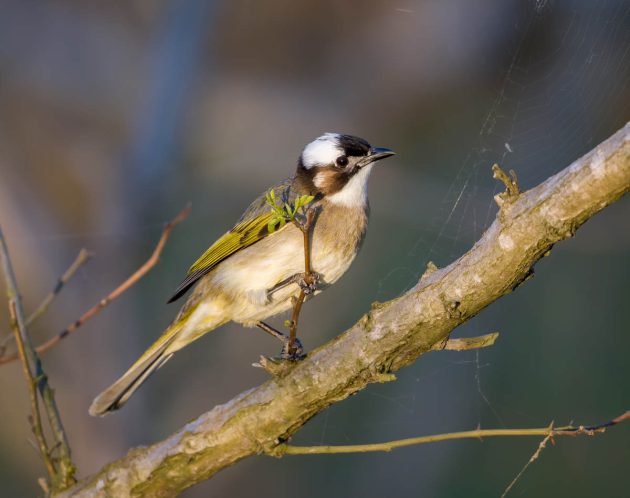
…Swinhoe’s White-eye …
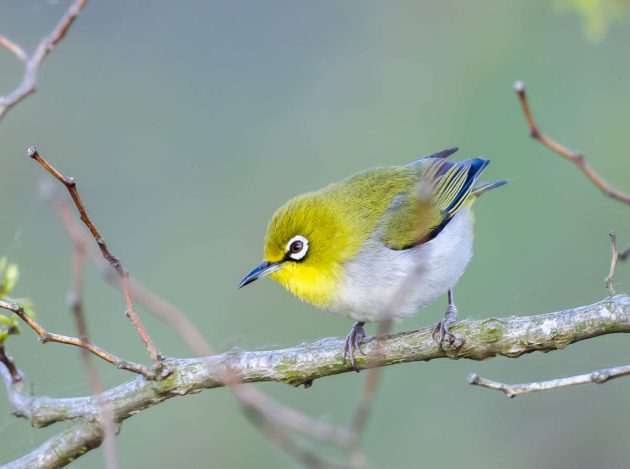
… Chinese Grosbeak …
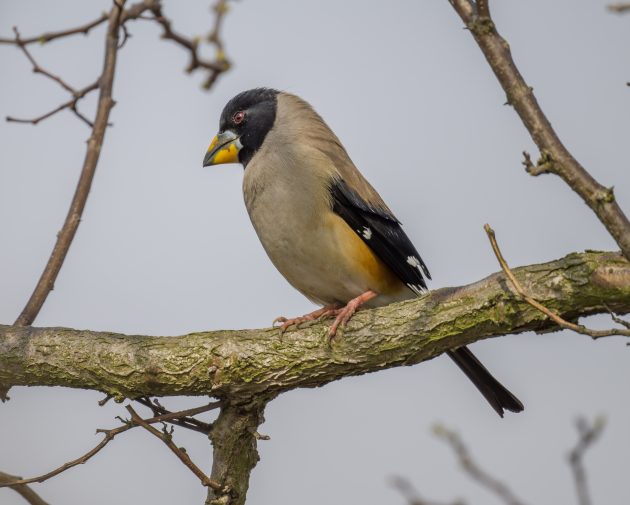
… Black-faced Bunting …
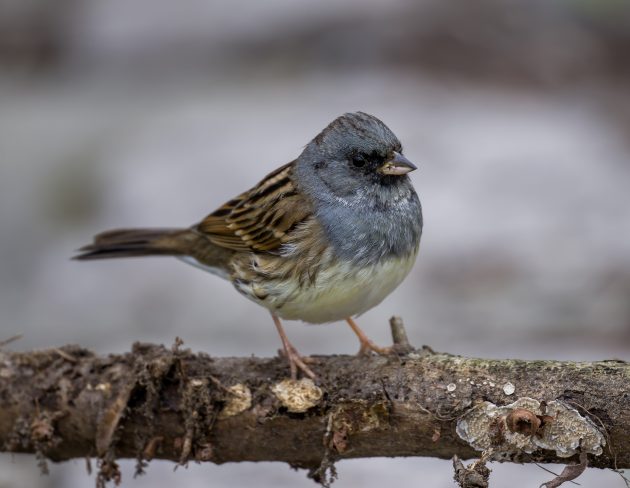
… Common Kingfisher …
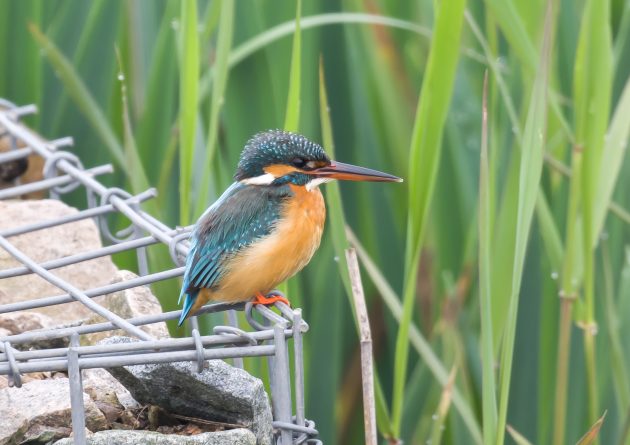
… and Black-winged Kite.
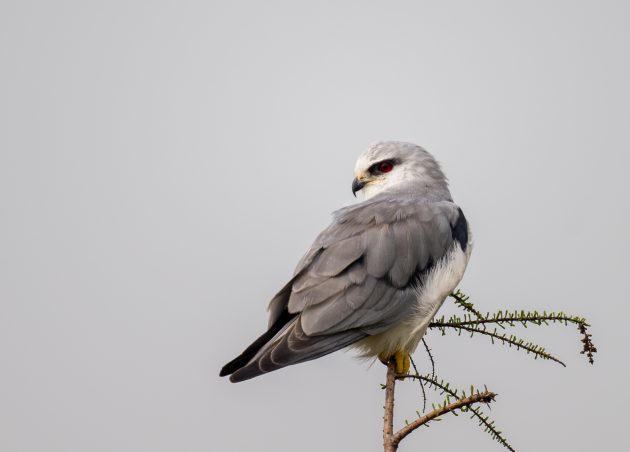
Nanhui also has some waders and is now the number one destination for people who like to watch both plastic trash and Whimbrels at the same location. Book your vacation now.
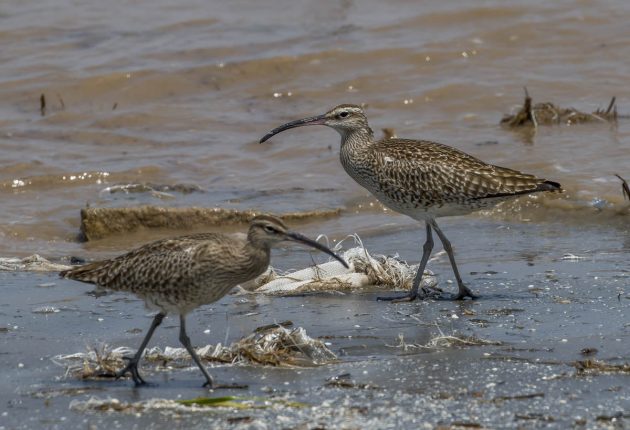
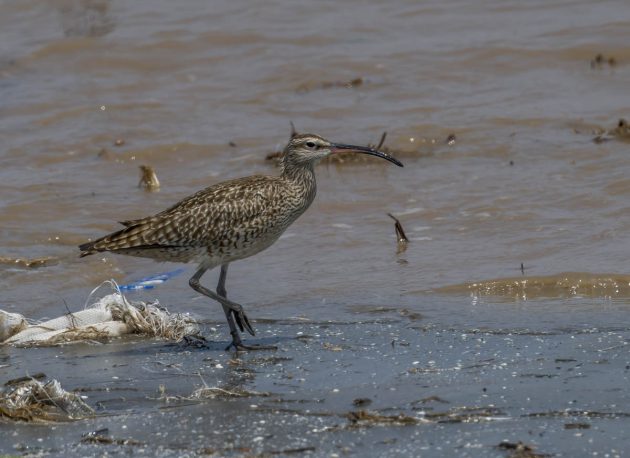
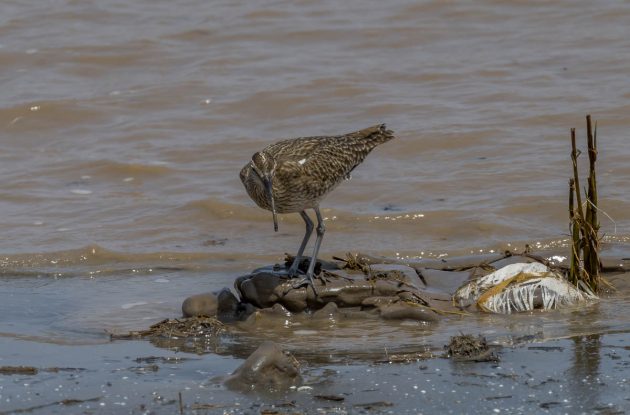
At the same location, you may also get a glimpse of the near-threatened but also rather boring-looking Grey-tailed Tattler (which apparently has short feet, as indicated by the species name of brevipes) …
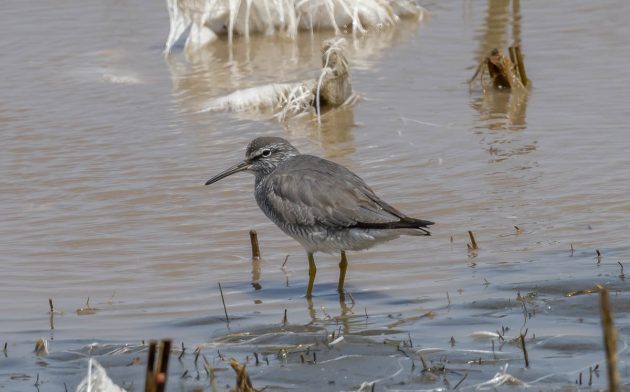
… and the less threatened but more creatively designed Ruddy Turnstone.
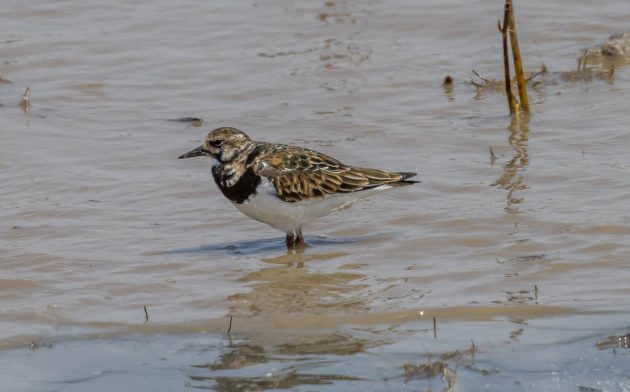
Finally, in my own compound, just a few meters away from my apartment, Chinese Blackbirds are breeding – though without a lockdown, I am spending less time on them this year than last year.
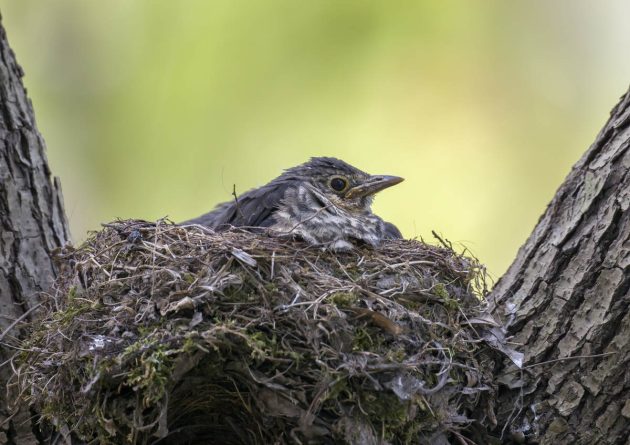
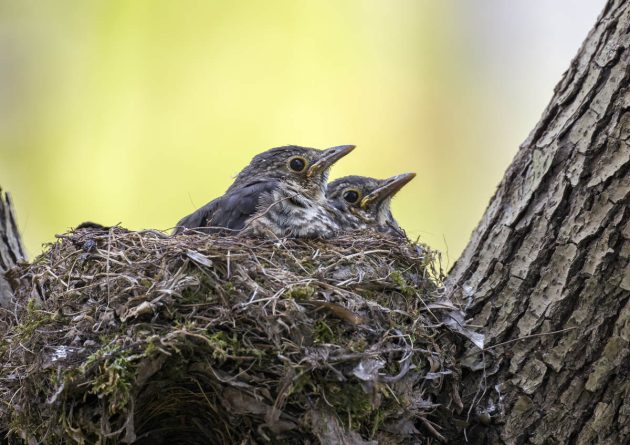
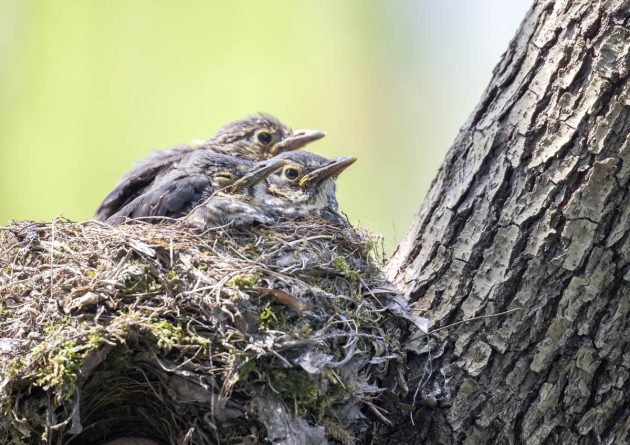






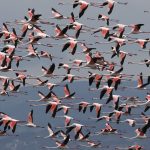



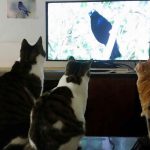


Hey, Kai… Do you ever go birding at the Container Terminal on Xiaoyang Island? At the moment, there is a container filled with all off my personal belongings sitting peacefully on the docks there. If you’re in the neighborhood, perhaps you could grab a quick photo of it, so I can know it’s alright… I will describe it for you, it’s steel, rectangular box-shaped, beige in color. That should make it easy to pick out, (sort of like scanning a sandpiper flock for a spoon-billed…) 😉 Thanks!
(Nice bird photos, as usual!)
Hi Michael,
I’ve been to Xiaoyangshan before – it is just a bit further than Nanhui – but not this year, as it is getting destroyed at even a faster rate than Nanhui (all these boxes, you know). Are you moving to Shanghai, or is your stuff just moving from A to B via Shanghai?
Actually, yes, Shanghai is just a transshipment stop. It’s waiting to go to Singapore next, but then continue westward across the Indian Ocean. That is, if the ship that’s supposed to get it next ever gets moving–it’s been docked in Taiwan for a surprisingly long time. In any case, I now have a personal reason to be glad that your country finally gave up on lockdowns and quarantines! 🙂
Wonderful article and so helpful. Also great pictures, that I’m sure I will be checking for reference soon! I’m visiting Shanghai (from NYC) in late April this year and looking forward to getting some birding in. Have been looking at a field guide for east Asia but there are so many species it’s hard to wrap my mind around them. Maybe I’ll run across you in a park! Thank you for this visual tour of spring birds in Shanghai!